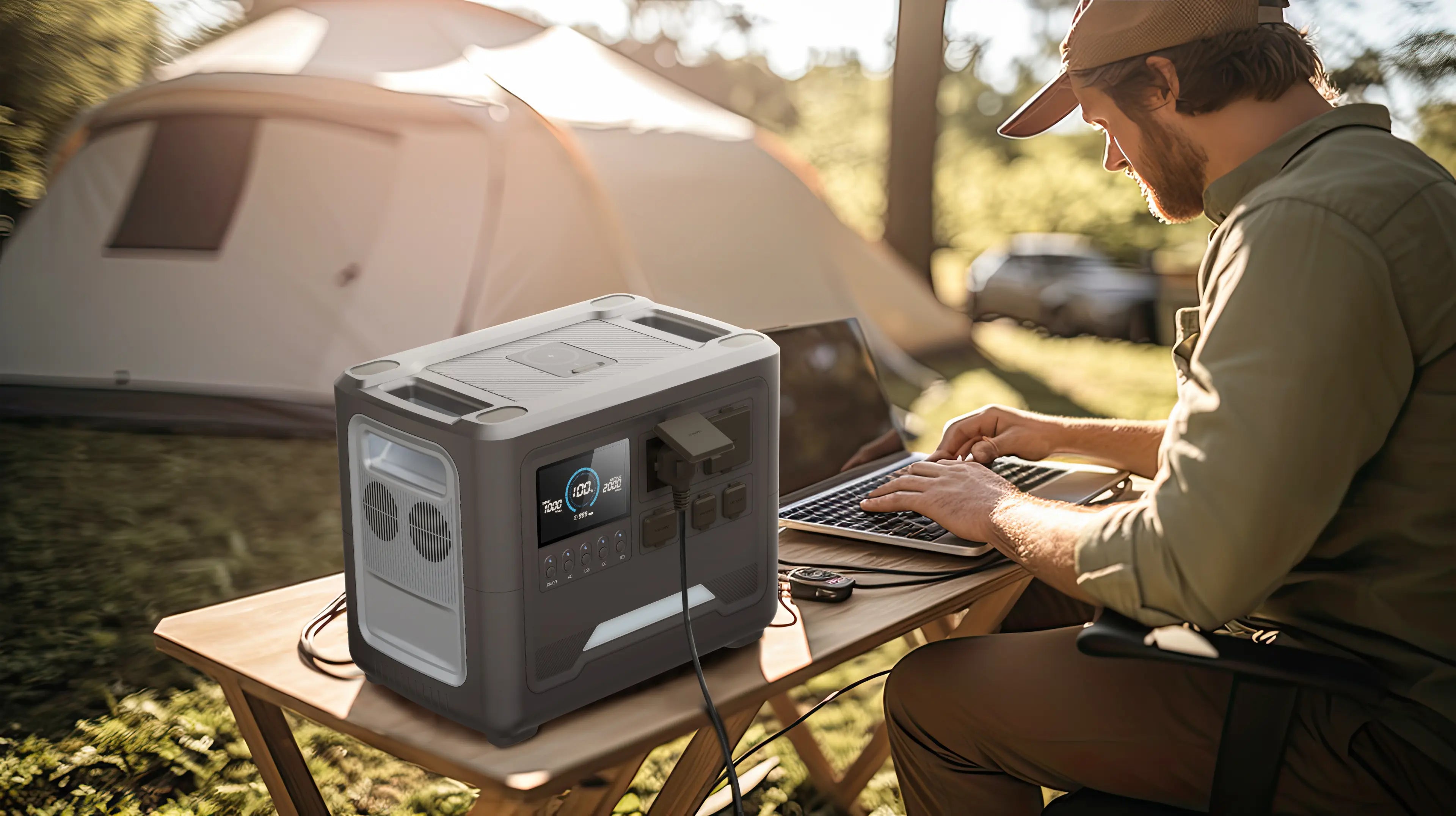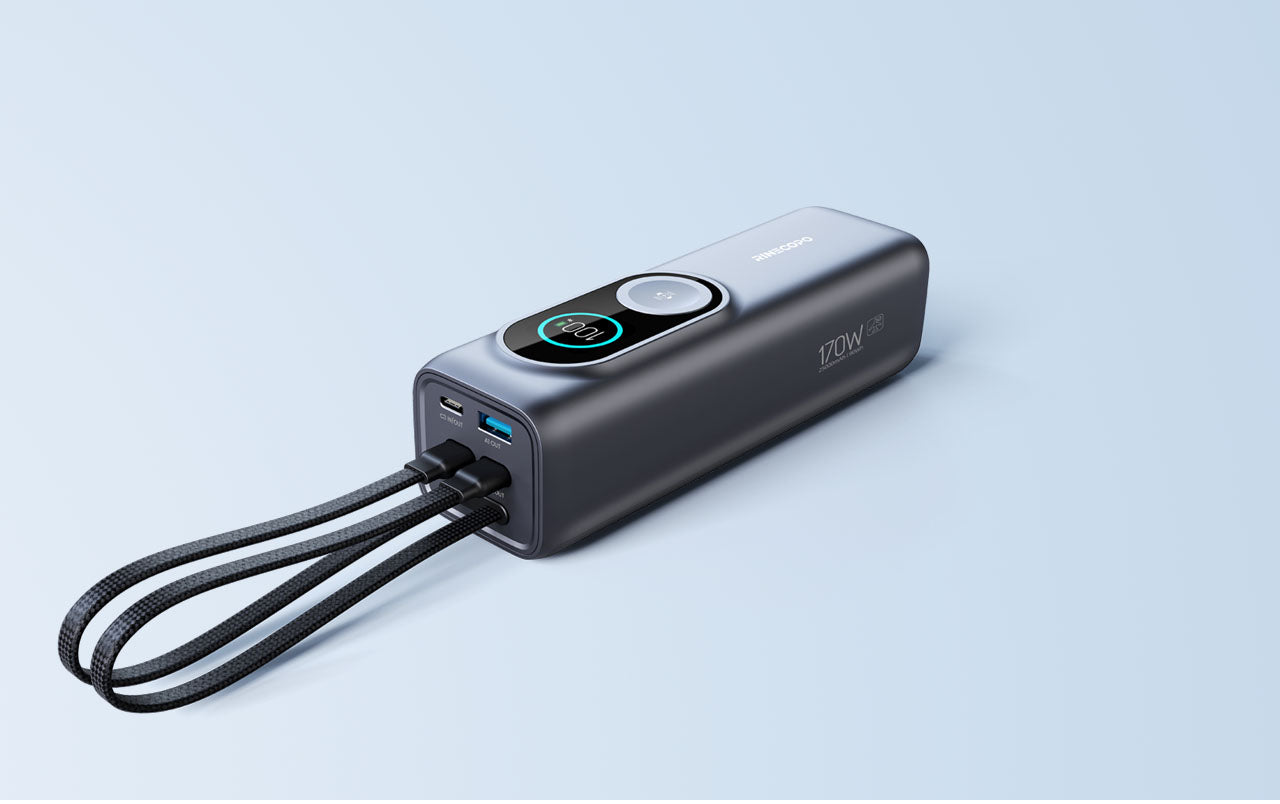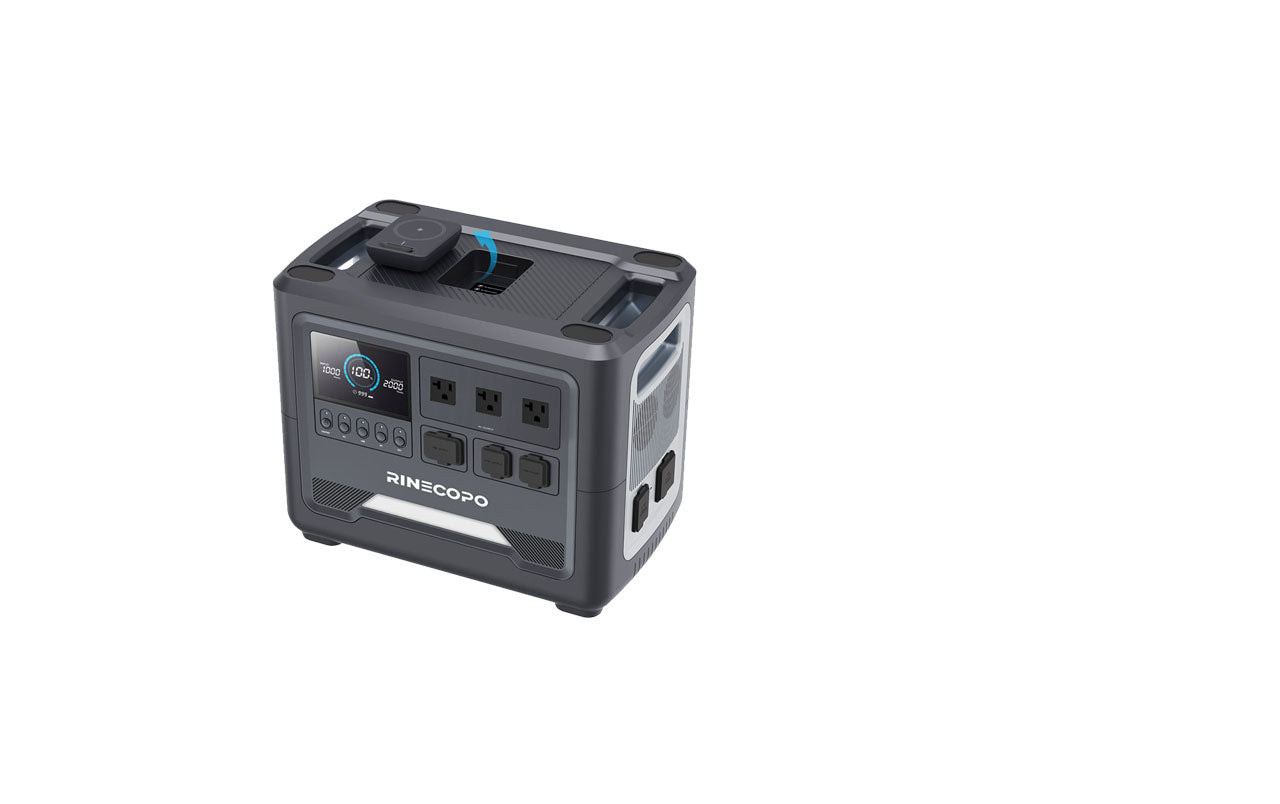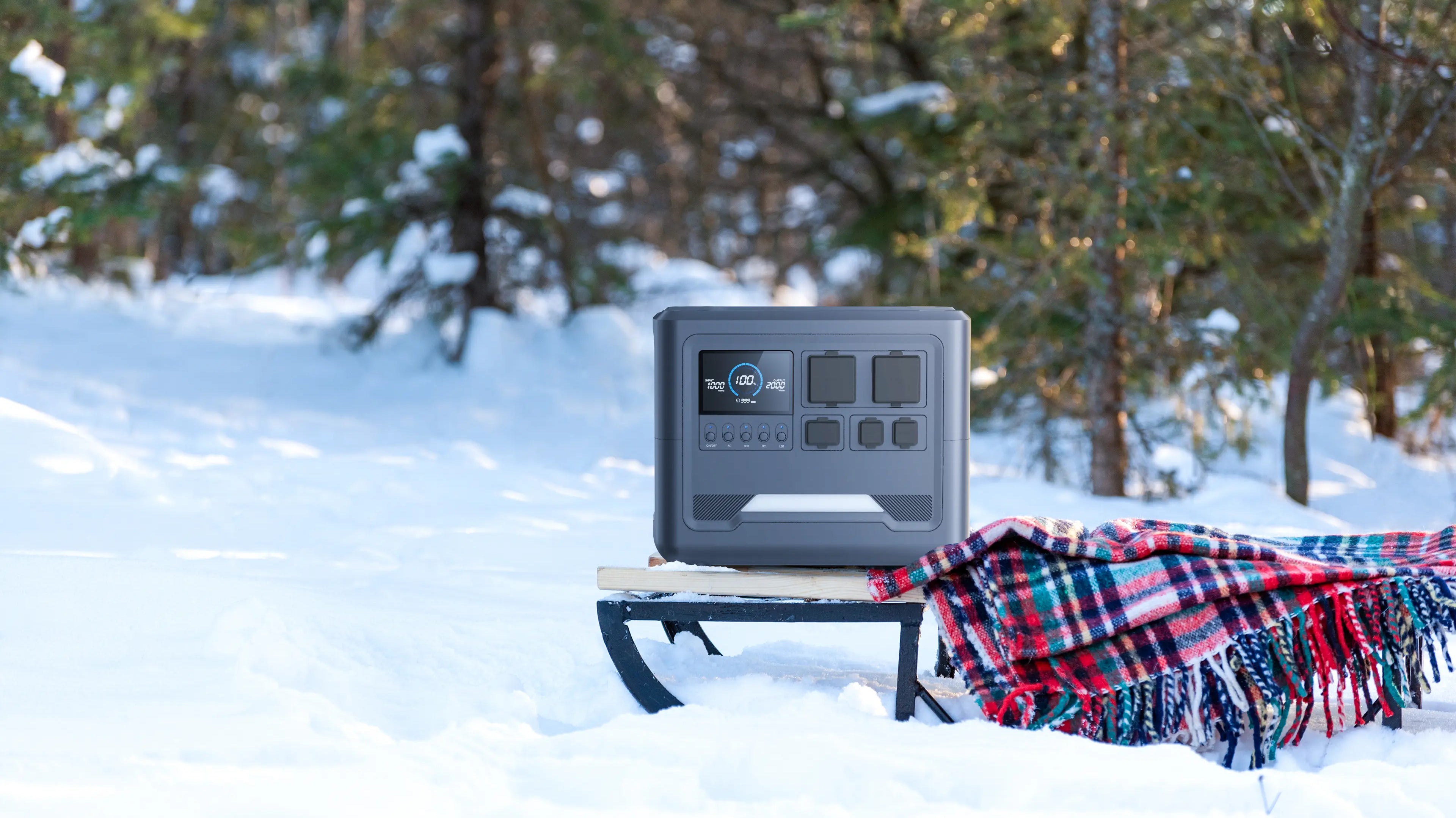
Reliable power makes every long road trip more comfortable and enjoyable — even off the grid.
When embarking on a long road trip, travelers often face a familiar dilemma: the desire to escape crowds and get closer to nature versus the need for modern electrical support.
Traditionally, gas generators were the only option. But their noise, fumes, and constant refueling have made many adventurers rethink their choice.
After multiple real-world tests, I can confidently say this:
A portable power station is not only suitable for long road trips — it has become the must-have gear for modern travelers.
Let’s break down why the Portable Power Station stands out as a perfect power companion for your next cross-country journey.
⚙️ The Power Struggles of Long-Distance Travel
Without stable electricity, even the best-planned trips can quickly turn inconvenient — or even unsafe.
Imagine being deep in the mountains with a dead phone and no GPS; or on a high-altitude plateau, missing a once-in-a-lifetime starry sky shot because your camera battery ran out.
Families traveling with kids or seniors often face even greater challenges: powering medical devices, warming baby milk, or cooking simple meals without access to electricity.
And then there’s comfort — in the summer heat, a powerless fridge means spoiled food; in freezing nights, no power means no electric blankets.
These aren’t just inconveniences — they can make or break your entire trip.
During one of my road expeditions across western America, I met a driver whose gas generator failed at 4,000 meters above sea level. The team had to skip dinner and endure the cold.
Meanwhile, another group using a portable power station brewed coffee, watched movies on a projector, and enjoyed a calm evening under the stars.
🌄 Power Makes Everything Possible
With reliable electricity, a road trip transforms into a seamless experience.
You can use everyday appliances — brew coffee in the morning, Eat hamburgers for lunch, and project a movie under the night sky.
Better yet, you can fly drones, edit videos on your laptop, and stay connected to the world, even in remote places.
Understanding how much power your devices use is key.
This helps you plan your energy usage more effectively.
For example, a 100W fridge can run for nearly 36 hours; a 150W projector + 100W coffee maker + 3 smartphones can operate for over 7 hours; a 650W freezer can run for about 8 hours.
Low-power devices like phones, cameras, and drones can be charged many times — ideal for photographers and creators on the go.
| Device Type | Power (W) | Estimated Runtime (with RINECOPO 1800W Portable Power Station, 1024Wh) | Typical Use Case |
|---|---|---|---|
| Car Fridge | 100W | ≈ 10 hours | Food preservation, long-distance travel |
| Projector + Coffee Maker + 3 Smartphones | ≈ 350W | ≈ 2.8 hours | Outdoor movie night, campsite coffee |
| Freezer | 650W | ≈ 1.5 hours | Food storage, mobile vending |
| Microwave | 800W | ≈ 1.1 hours | Quick reheating or short-term cooking |
| Laptop | 60W | ≈ 14 full charges | Remote work, photo editing |
| Smartphone | 20W | ≈ 50 full charges | Navigation, communication, entertainment |
| Drone Battery | 30W | ≈ 14 full charges | Aerial photography, exploration |
| Camera Battery | 15W | ≈ 60 full charges | Professional filming, outdoor shoots |
Note: Actual runtime may vary depending on temperature, device efficiency, and power conversion rate.
With the RINECOPO 1800W Portable Power Station, you can bring your home comforts anywhere — turning every remote destination into a cozy, powered-up adventure.
🔋 Why RINECOPO 1800W Portable Power Station Excels on the Road
Compared with traditional generators, the RINECOPO 1800W Portable Power Station offers clear advantages that make it ideal for car travel and off-grid living:
1️⃣ Flexible Capacity for Every Need
With a robust 1800W output and 1024Wh capacity, this power station can support everything from solo trips to multi-day family journeys.
Pair it with a RINECOPO 200W solar panel and you’ll have virtually unlimited renewable energy — perfect for those who love staying off-grid for days.
2️⃣ High Power, Real Performance
The RINECOPO 1800W isn’t just a “big power bank.”
It can easily handle high-demand devices such as refrigerators, induction cookers, coffee makers, and power tools.
With a peak power of 2200W, it ensures reliable performance whether you’re cooking on the road or powering multiple devices at once.
3️⃣ Safe and Reliable Power Anytime
Built with LiFePO₄ (lithium iron phosphate) battery cells, it offers over 3,000 charge cycles and includes an advanced BMS (Battery Management System) to protect against overvoltage, overheating, and short circuits.
No matter the environment — desert heat, mountain cold, or humid coasts — RINECOPO delivers consistent and safe power.
4️⃣ Portable Design, Built for Travel
Designed with travelers in mind, the RINECOPO power station features a rugged casing, compact body, and hidden handle.
Despite its power, it’s easy to lift, store, and move — whether in your car trunk or beside your camp table.
⚡ Portable Power Station vs. Gas Generator
Here’s a quick comparison to show why RINECOPO 1800W Portable Power Station is a smarter long-term investment for travelers:
| Feature | RINECOPO 1800W Portable Power Station | Gas Generator |
|---|---|---|
| Emissions | Zero-emission, eco-friendly | Produces CO, NOx, and fumes |
| Noise | Silent operation | Loud engine noise |
| Fuel & Maintenance | Solar or wall charging, minimal upkeep | Requires fuel, oil changes, frequent maintenance |
| Startup | Instant-on, one-button operation | Manual start, delayed power stabilization |
| Monitoring | Smart app control, real-time data | Manual operation only |
| High-Altitude Use | Works at any elevation | May stall or lose efficiency |
| Temperature Range | -20°C to 45°C | Limited by combustion and oxygen levels |
The difference is clear — RINECOPO provides a quieter, cleaner, and smarter power experience.
🌌 Conclusion: Redefining Freedom on the Road
One of my most unforgettable moments was in the Death Valley National Park.
Our team used the RINECOPO 1800W Portable Power Station to power cooking appliances, lights, and cameras — enjoying a warm dinner under a vast starry sky.
Nearby, another group struggled with a noisy gas generator.
The harsh sound and fuel smell clashed with the peaceful desert air — a stark reminder of how much technology can transform an experience.
The RINECOPO 1800W Portable Power Station isn’t just a power source — it’s a symbol of a new lifestyle.
It allows you to explore the wilderness without giving up comfort, connection, or creativity.
True freedom isn’t about abandoning everything — it’s about having the power to choose how you live, wherever you are.
With RINECOPO, that freedom is always within reach.
Recent Posts
Blog Tags
Top Solar Panel Efficiency Tips: How to Get the Most Out of Your Solar System
By optimizing your panel angles, keeping surfaces clean, improving cooling and wiring, and adding battery storage, you can maximize your solar energy output and enjoy more reliable, sustainable power every day.
Why Some USB-C Cables Don’t Work — And How to Fix It
One of the most common causes of cable failure is simple wear and tear. Constant bending, twisting, or yanking can break the internal wires, leading to unstable connections or total failure.
Signs of cable damage include:
-
Frayed or exposed wires
-
Loose or bent connectors
-
Intermittent charging or data loss
If you notice any of these symptoms, replace the cable immediately.
Cold-Weather Power Guide: How to Use Your Portable Power Station Safely in Winter
Why Cold Temperatures Affect Battery Performance
Most portable power stations use lithium-ion or LiFePO₄ batteries, both of which rely on chemical reactions to store and release energy. When temperatures drop below freezing, those chemical reactions slow down, leading to:
-
Reduced charging efficiency
-
Shortened runtime
-
Slower power output
-
Possible cell damage if charged below 32°F (0°C)
In other words, your power station’s battery isn’t “broken”—it’s just cold. Keeping it within its recommended temperature range (usually between 32°F and 104°F / 0°C–40°C) helps maintain performance and lifespan.





